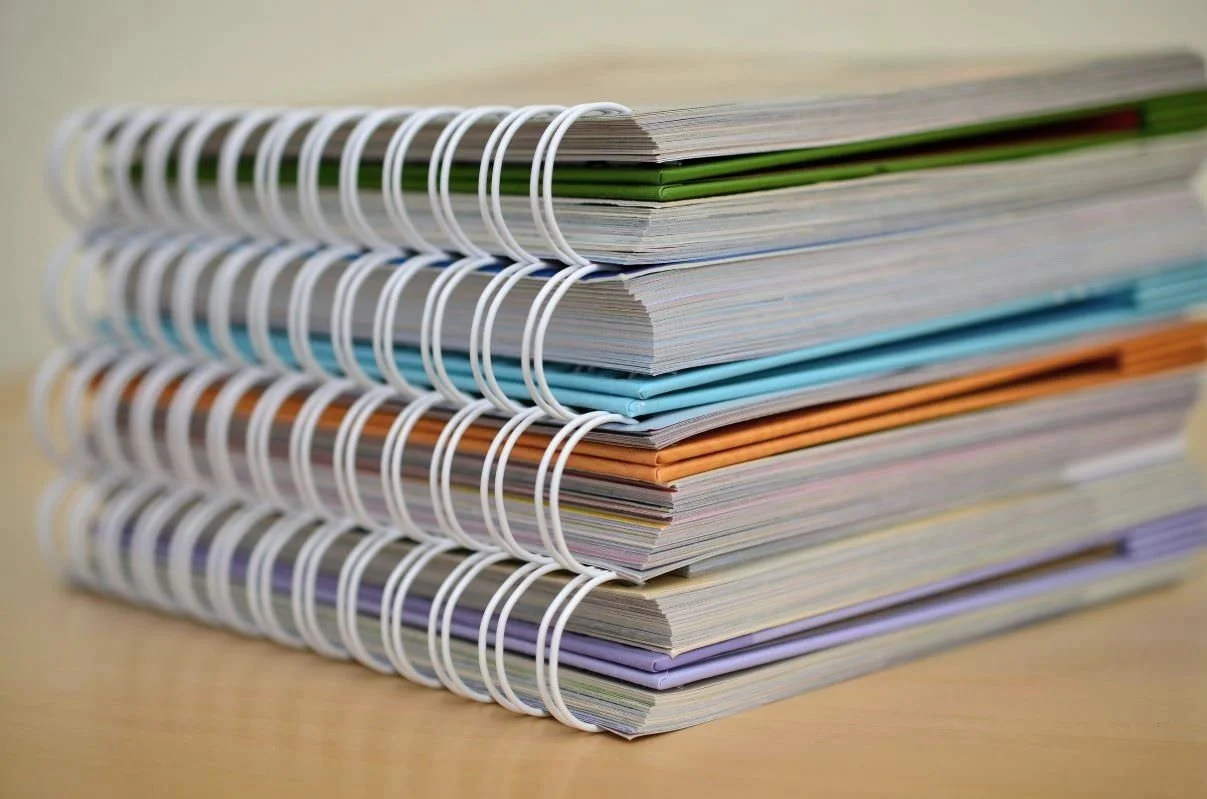Ways to Tell Family History
Share your family history in ways that suit you and your audience. Perhaps a booklet of ancestor profiles, a custom-made map, or true tales of ancestors’ lives…
There are many ways for you to tell your family history. One format may appeal to young relatives. Another type might interest genealogists. You may prefer a certain approach when you get started, then branch out to other options. Choose ways that suit you and will engage your audience.
Write in Brief
You can ‘introduce’ an ancestor to your family members with a short piece of writing. People will remember a brief story about your family history more than a few facts. There are many ways to find out about your ancestors in order to tell stories from their lives.
Anecdotes etc.
Have you heard an ancestor anecdote, passed down as family lore from earlier generations? These days, with family history info so accessible online, you may be able to prove if the story’s true or not. If it is true, include it as part of your family history. In any case, it may be worth repeating as long as you say whether it’s accurate or not.
Another super-short way to share a bit of family history is to write a caption for a photo. Who’s in the photo? When and where was it taken? Why were they there, and what were they doing?
Or just write a couple of sentences about an individual or family. You could include this in a larger family history, or post it online (perhaps on Ancestry Storymaker Studio, or FamilySearch Memories)
In my grandmother’s case, I could say “at age 12, Margaret emigrated with her family from Scotland to Canada on a ship called the Grampian – the year before the Titanic!”.
You could share a brief memory of yours about an ancestor you knew. Perhaps you recall a time you spent with your grandfather, or know his favourite saying – to tell young relatives who never met him.
Profiles
A profile about a relative or ancestor can take various forms. You could write a brief biography in one or two paragraphs, or a one-page essay. One type of profile may suit a certain individual, or the material you have. For example, if you have info on the varied career of one of your ancestors, a point-form C.V. could be a good fit.
It’s best to include one or more photos related to the person. Ideally, it would be their profile photo, the place they lived, or a picture with their family. If none are available, you might find an image (perhaps in a public archive online) such as: someone doing the same kind of work in their day, a row of houses in a similar community from that timeframe, or soldiers in the same battalion. These can give an idea what life might have been like for your ancestor.
Subheadings help to break it up. Sections could be: Childhood, Family, Work, Interests. Or perhaps more specific to the individual, such as Orphan Child, Military Man, Dedicated Volunteer, (Bank Robber?).
If you plan to create a collection of individual profiles, use the same layout and section types. This will make a standard format for a book, calendar – or perhaps a set of ‘trading cards’ for younger relatives.
Letters and Poems
Letters and poems are neat ways to impart family history. You may find a letter your ancestor wrote, to include in a family history or use to inform a story you tell. Or perhaps write a letter ‘to’ an ancestor – odd as that sounds – to bring forth aspects of their life and your shared background.
When I write a letter to an ancestor, I sum up what I know of their life, pose some questions, and provide an update on later generations. Although my questions receive no reply, it’s a way to say where I’m unsure (e.g. about details, or why they did something). My relatives like to read about our family history this way, and I enjoy relating ancestor stories.
Whether your family member is still with you, has passed away, or is an ancestor you never met, you might like to write a poem to:
capture the essence of their character
tell the highlights of their life story
describe an experience they had, which touched you emotionally
Short Stories
A short story is a great way to engage your audience in your family history. It might be a story about one ancestor, their family, or relatives from your day. Rather than their whole life story, a short story might focus on one aspect, such as:
when your ancestors left their homeland as a family
a great-grandfather’s role in a battle in wartime
a pioneer widow who runs the family farm
the time your relative got the stolen boat back
If you research to find some details – and structure your tale – you can tell an ancestor’s story from facts.
Show with Images
You can bring your written family history to life with images, or use pictures to tell most of the story.
Albums, Slideshows and Scrapbooks
You may have your family and historical photos stored in a few places:
print photos in envelopes, boxes and photo albums
digital photos on your computer, smart-phone or stored in the ‘cloud’
images attached to ancestors on your online family tree
Maybe you have them in categories, maybe not (yet). On their own, or in a collage or album, the photos begin to piece together your family history. Even better if you arrange them in family units, in order over time, and in other ways to tell a story.
Scan or take digital images of printed photos so not to disturb any heirloom photos or albums. Present the images in order to tell a story of your family history. Annotate the photos with captions, descriptions, or other information to help tell the story.
You can have a book printed, or prepare the story in a slideshow or mini-movie. You might present the slides at a family reunion or genealogy group meeting.
Whether on paper or made with digital scrapbooking software, scrapbooks tend to be a catch-all of mementos. But you can organize one to tell more of a story from your family history or an ancestor’s life.
Family Trees, Timelines and More
A family tree represents the facts of your family history in a visual way. On its own, it only hints at the story. Even if you attach photos and documents to your online family tree, they are still separate pieces (versus one narrative). People who view your tree will see many names and dates, and may get ‘information overload’.
A family tree can be used to tell a story. You might focus on the women in your family heritage, and their roles over time. Perhaps you could tell a story of migration as your ancestors sought a better life.
A timeline helps to show the story of an ancestor, their family, or your family history. Your readers may lose interest and forget a list of facts. But if you make it into a timeline diagram – perhaps with ‘word bubbles’ or thumbnail photos – you can tell a story visually.
Another visual format is a calendar. If you focus on certain people or themes, it’s easier to see their story.
If you know some of your ancestral family’s timeline (e.g. from a diary, letters or ledger), you might outline their story – such as a year in their life on a farm.
Display photos to show the individuals or events featured that month, be it their birthdate, wedding, or other anniversary.
These are just a few ideas and methods for visual storytelling.
Maps
Maps are one of my favourite ways to engage relatives in learning about our ancestors and family history. Through interactive maps (e.g. using GoogleMyMaps), people can click on various spots to explore your family history on their own.
You can custom-make a map with pop-up photos and descriptions (perhaps a little story!) for each place. Draw lines or number the spots (icons) to show their order in time and place. Include historic photos of the same location, to compare to today’s Google Street View image.
You might use map layers to show earlier borders, when the land was in a different country before a war, or is the traditional territory of indigenous peoples.
A static one-page map can also tell a story. It can help people see places where ancestors lived, or cemeteries where they’re buried.
Visual and brief formats are great ways to engage relatives in family history.
Make a Collection
You can make a collection of any of short formats you create, such as a book of:
ancestor profiles
short stories
letters or poems
photos used to tell a narrative
These are among the various short-format ways to tell life stories.
Write a Book-Length Narrative
I focus on short formats as do-able ways for most people to share their family history with others. Of course, writing a book is an option! It’s a big project you might like to do.
Types of family history books include:
biographical narrative – a book-length family history narrative, based on the biographies of individuals in your lineage (written in chapters, versus a collection of ancestor profiles)
non-fiction narrative – a book that tells the factual story of your family history, yet reads like a novel
creative non-fiction – based on historical facts, with well-researched yet imagined elements to bring it to life
Whatever format you choose, it’s best to limit the number of people and generations. Organize your work into chapters, whether they are about people, families, timeframes or other categories. This will help both you and your readers! You can always write another family history, or make a trilogy – versus trying to fit everything into one book.
For example:
Write about your maternal line (separately from your paternal ancestry).
Choose a vertical structure (only your direct ancestors going back in time) or a horizontal one (including their siblings and cousins).
Choose a group, such as: female ancestors, ancestors with the same occupation (e.g. military, farming), or families from a certain geographic area.
Select a theme, to tell a story of: hard work, adventure (or …?), and show how this played out in your family’s history.
Prepare a Genealogy
Your genealogy presents your ancestral lineage in a factual list. It shows your family history in terms of who descends from whom through the generations. It includes your ancestors’ birthplace, occupation, spouse, number of children, and key dates. It’s meant to represent your biological heritage. For some people, DNA is proving that certain ancestors – although part of their family history – were not blood-relatives.
You can choose between two standard formats. You could also hire a professional genealogist to prepare this for you.
Another way to write about your genealogy is to prepare an article for a scholarly journal or genealogy association, and document all your sources.
A genealogy report on its own is not intended to be a story. That’s what the other options in this post and throughout this site are about! The various formats use facts to tell stories and describe experiences, beyond your ancestors’ names and dates.
written by Barbara L Campbell, 2024






